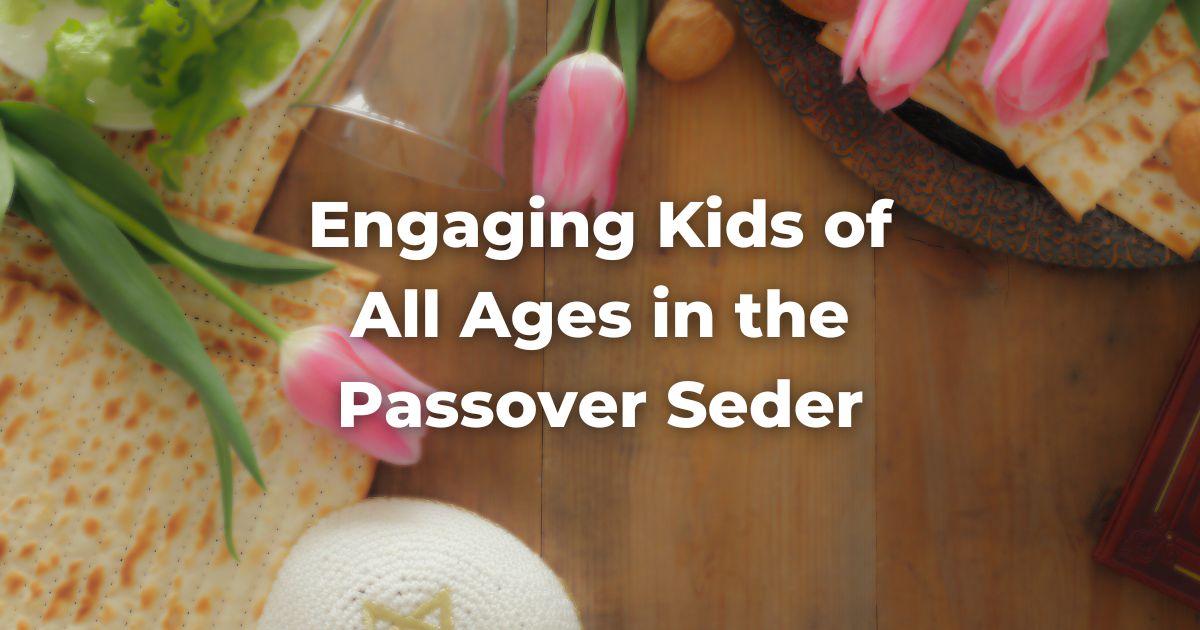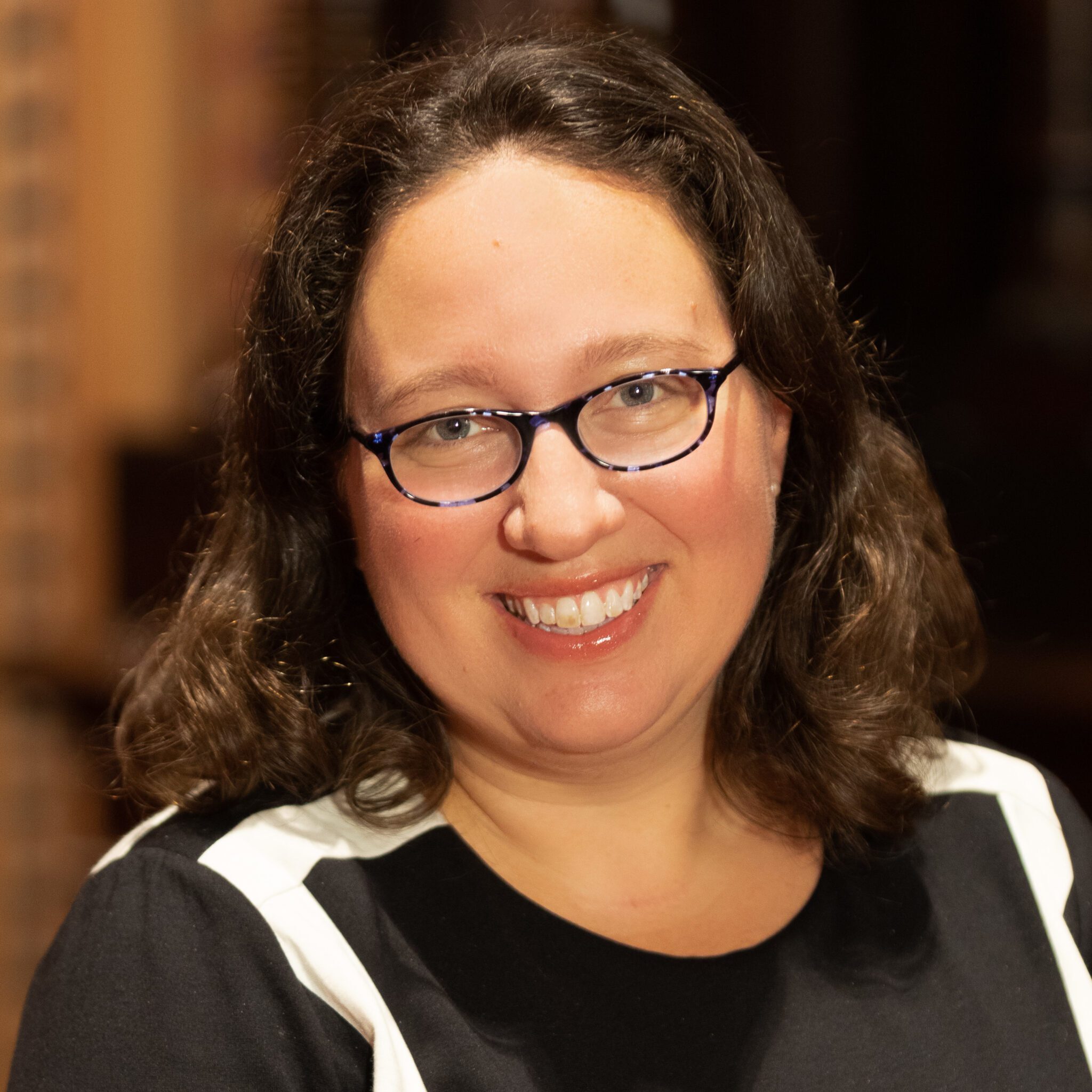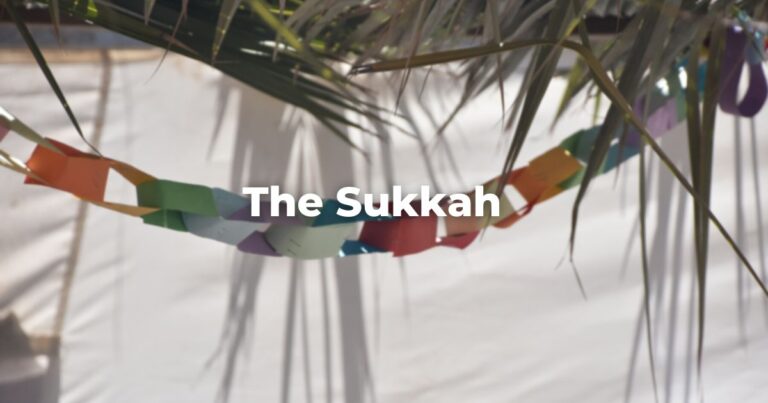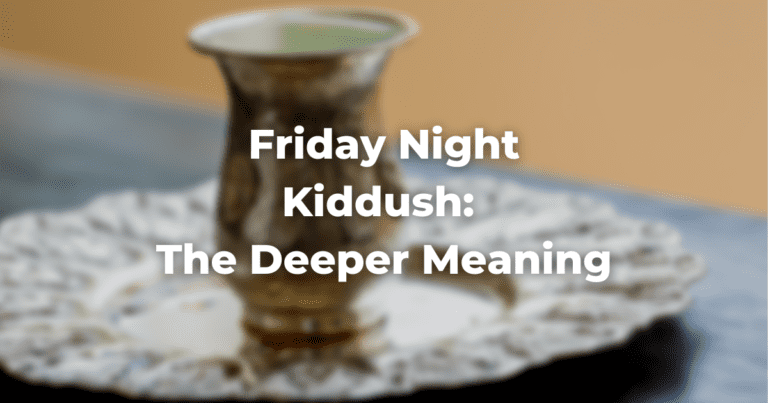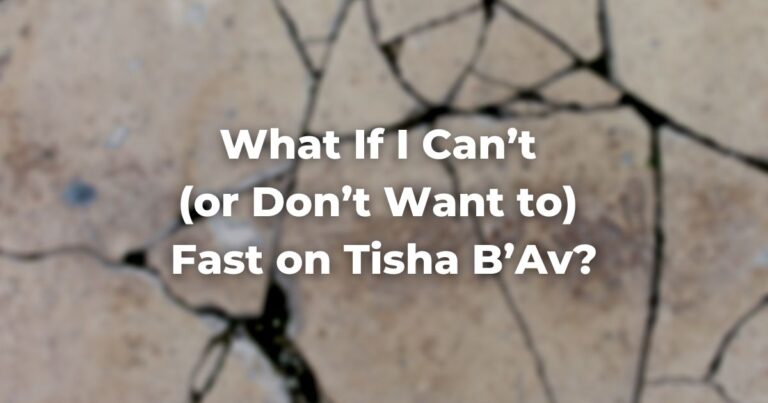This piece is part of Exploring Judaism’s 5784 Passover Reader. Download the whole reader here.
“They tried to kill us, we won, let’s eat,” is the world’s shortest Passover Seder, and some people think even that is too long. With so many rituals and traditions, lots of Hebrew, and family and friends of many different backgrounds, engaging children (and adults) of all ages in the Passover Seder can feel daunting. Maybe it is just best to finish as fast as you can?
There is another way! With just a bit of prep work, you can engage every at your seder, get kids asking lots of questions, and ensure everyone walks away with Jewish memories to last until next year.
There is a magic that comes with everyone being together, and if things get a little crazy, if there are spills, or running around the table, or someone forgets the words to the four questions, that is all part of the experience.
Especially in this difficult moment for our people, creating core Jewish memories with your family and friends is the kind of thing that helps our children grow up to be proud, committed, and engaged Jews. We can use the story of Passover and the experience of the seder to draw connections between our ancient texts and our modern world. If engaging your children in this ritual seems daunting, read on. There really is something for everyone in the Passover seder.
Here are my top five tips for engaging children in the Passover seder:
1 — Everyone participates (and prepares), no matter your age.
People always do better if they are prepared, so ask your guests to participate in the seder. Send a question in advance, ask them to bring something, or even ask people to make decorations for the seder table.
You can ask people to learn some songs by sending around videos, and if you have any kids who go to Hebrew School or Jewish preschool, they will definitely enjoy performing The Frog Song (complete with jumping).
Keep a checklist and make sure everyone speaks at least once during the seder. And, as the host, don’t do every job yourself. Make a list of everything that has to be done during the evening, from pouring the wine, to serving the soup to clearing the table, and then let people pick jobs out of a hat or assign the jobs as you see fit.
2 — Feed people constantly.
We know all kids need snacks and they don’t have to wait for the main course. It can feel like a long time until you get to dinner, but after karpas (the green vegetable, that comes right at the beginning), you can serve appetizers.
Veggies and dip or fruit are an option, but you can also put out candy or chocolate, which should keep kids at the table for a little while. Passover is also a holiday where it is ok (even required) to play with your food. One friend of ours attaches the parsley to mini fishing rods and uses them to dip the parsley in the salt water. Another friend chops up lots of different kinds of fruits and nuts (and even some chocolate) and allows people to make their own haroset, as long as it resembles the mortar.
When it comes time to remember the plague of hail, I have heard of families throwing mini marshmallows at one another. Finally, there is a Persian custom of lightly (or not so lightly) slapping your neighbor with scallions during the song Dayenu as a reminder of slavery.
3 — Use the table.
Put something interesting on the table, either in the middle or at each individual plate. In our family, we put out lots of different kinds of frogs, puppets, and masks. Perhaps it will inspire someone to ask a question about Passover, the story, or the traditions of your family.
You can also put out puzzles, games, and other activities on the floor and kids can play there when they need a break from the seder.
If your kids have made things for the seder, be sure to use them, and if they haven’t, there are many fun Passover crafts you can use with your family to create decorations or props for the seder.
4 — Don’t be a slave to the Haggadah.
The Haggadah is meant as a guide and you don’t have to read every word to fulfill your obligation to tell the story.
Get many different copies of the Haggadah, either physical copies or on a website like Haggadah.com, and look for readings and retellings that speak to you and share those at the seder. You can get the kids to write a play of the Passover story and perform it, or ask your guests to bring something that represents freedom and tell the story of why.
Act out the story using charades or assign every person at the table a character and make them answer questions as that person. Go around the table and have each person tell a part of the story. Require each person to ask a question and give them a piece of candy or other treat as a prize when they do.
And don’t be afraid to get up from the table and actually act out the story. Use costumes or props or let your kids perform. As long as your guests are engaged in the story of slavery to freedom, you have done your job.
5 — Let loose.
The point of the seder is to engage people in the questions, both ancient and contemporary, of slavery and freedom. The way you do that is up to you.
Try to find a balance between preparing for the seder and obsessing about every detail. And if your kids run screaming circles around the table while everyone else is trying to talk, as mine have done on more than one occasion, those are memories too.
Author
-

Rabbi Rebecca Rosenthal is the Director of Youth and Family Education at Central Synagogue in New York City. She oversees all programs for children and families, including early childhood, religious school, and teen programming. Before coming to Central, Rabbi Rosenthal worked at IKAR in Los Angeles, CA and Congregation B'nai Zion in El Paso, TX. She received a BA from Yale University and a rabbinic ordination and a Master's in Jewish Education from The Jewish Theological Seminary, where she was a Wexner Fellow. Rabbi Rosenthal lives in New York City with her husband and three children.
View all posts

